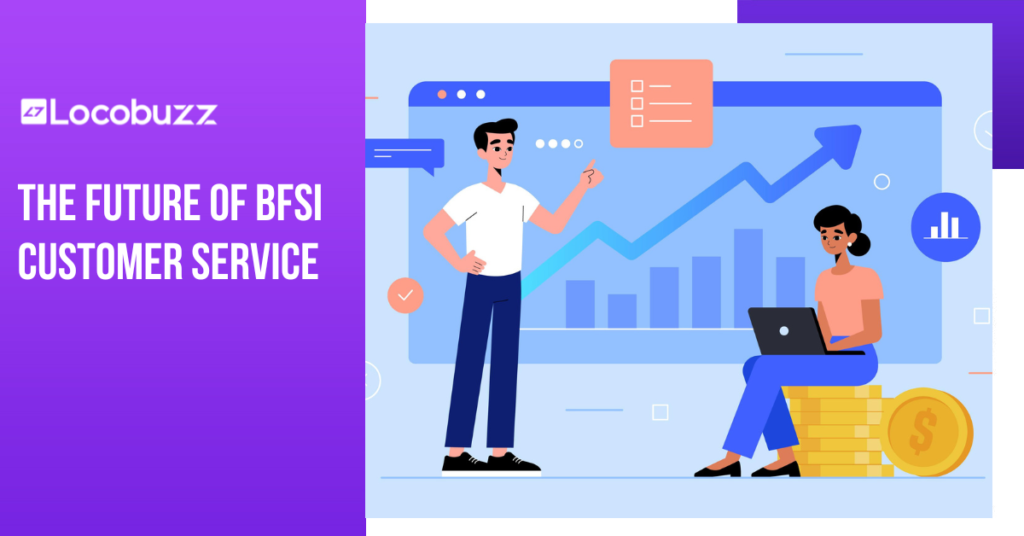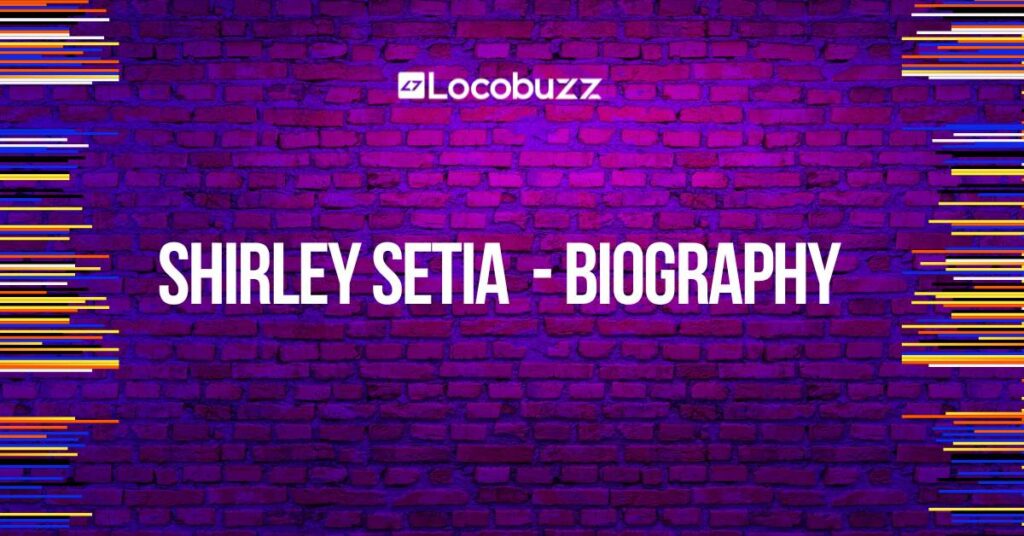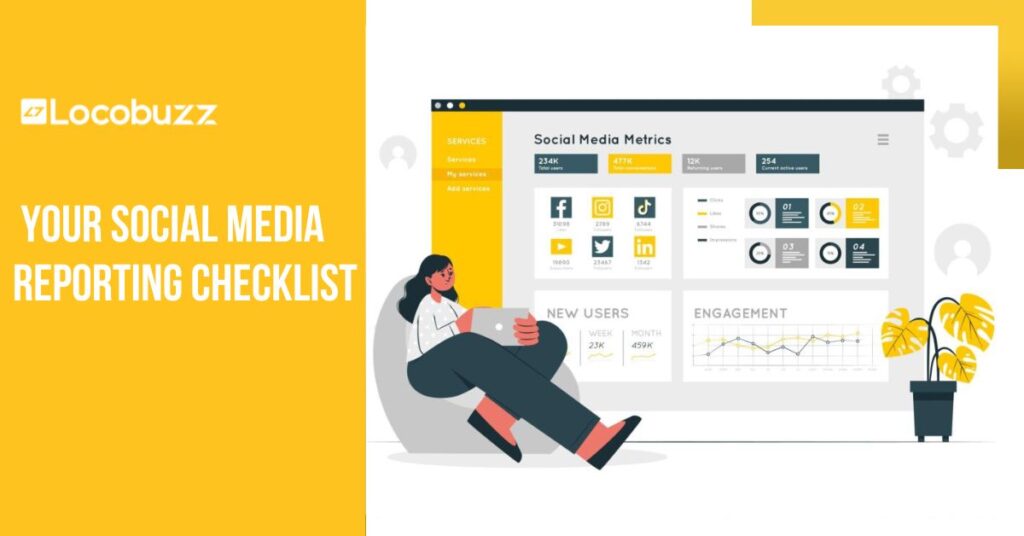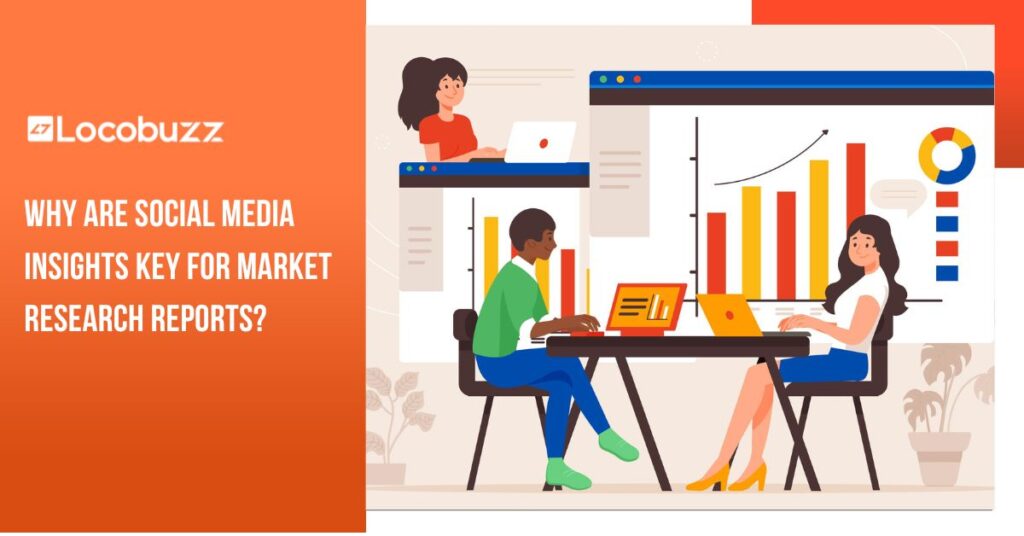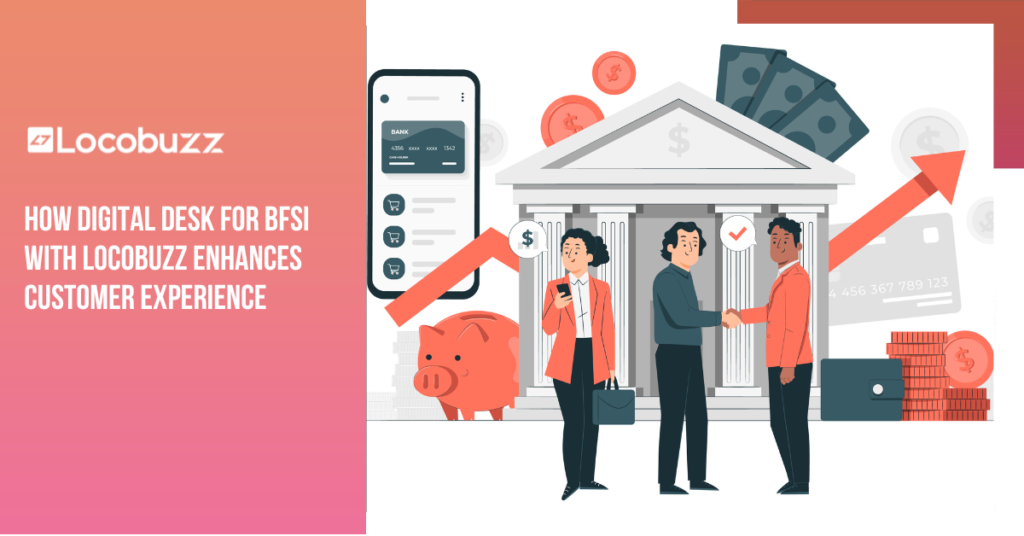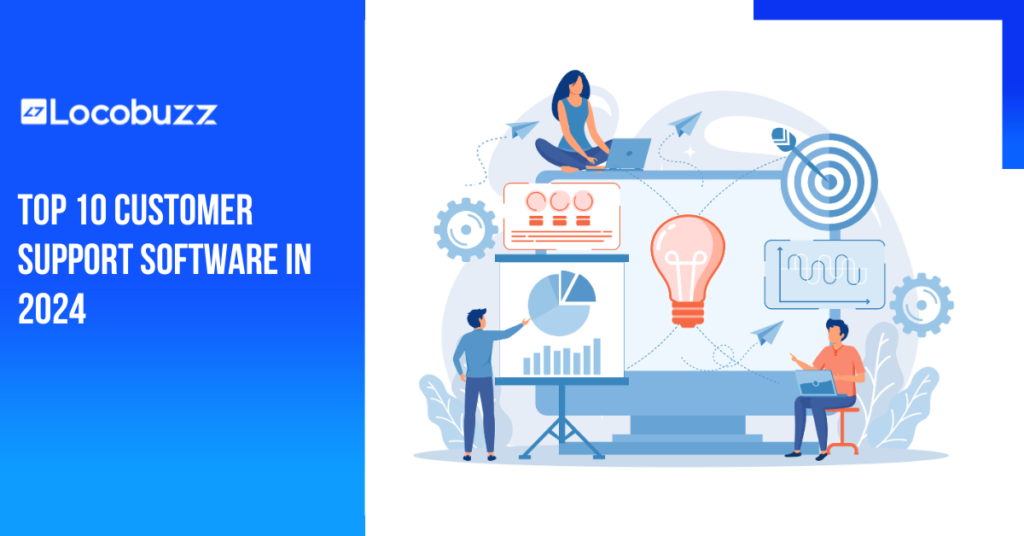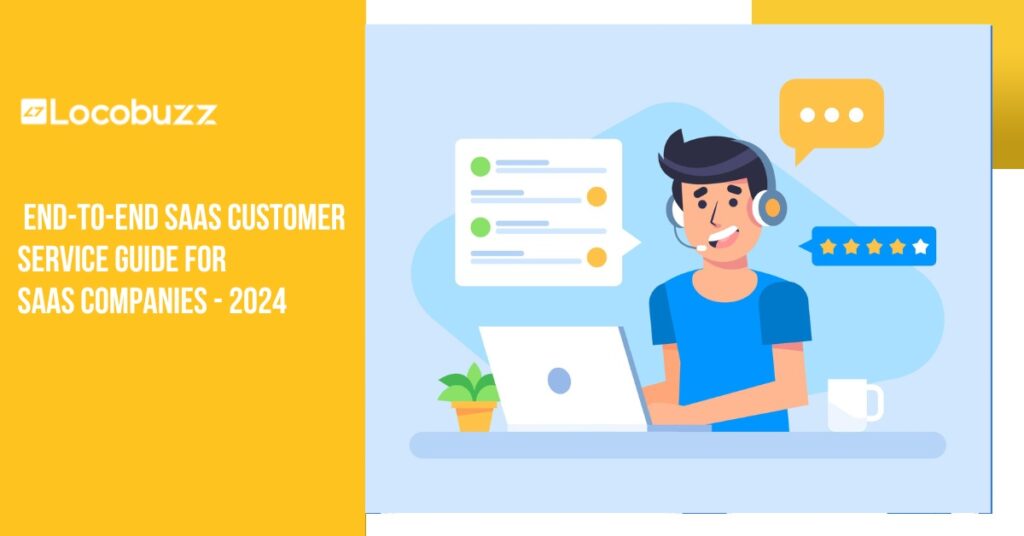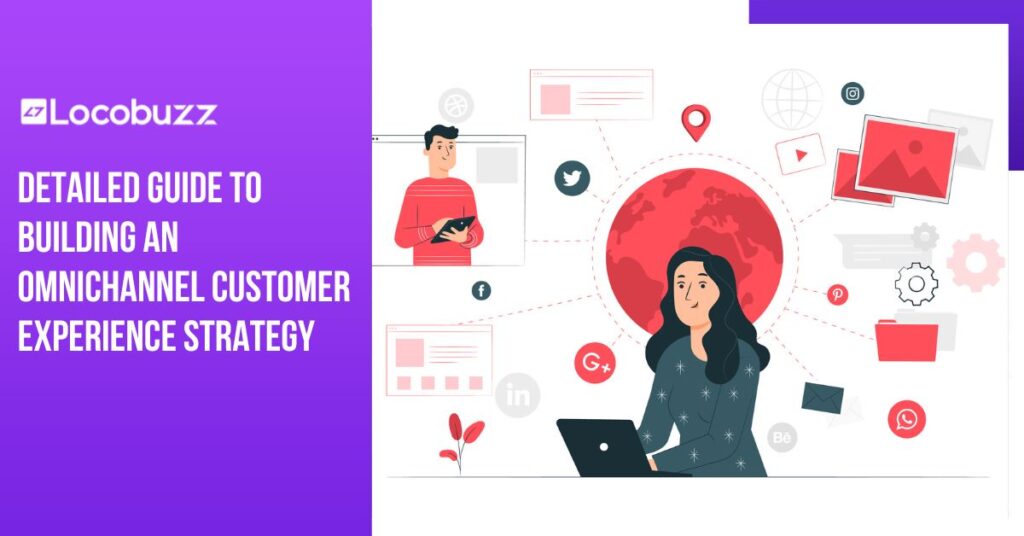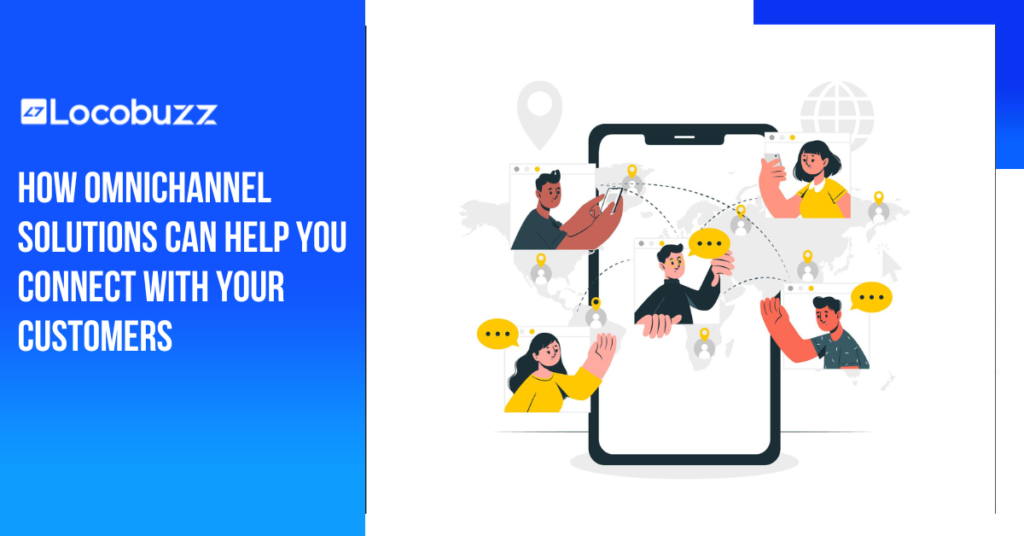Future Trends in BFSI Customer Service in 2025
The world of Banking, Financial Services, and Insurance (BFSI) is on the brink of a customer service revolution. With technology advancing at a breakneck pace and customer expectations soaring higher than ever, the future looks promising—and a tad challenging—for BFSI companies. But what exactly does the future hold? How are emerging technologies and changing consumer behaviors shaping the way BFSI institutions interact with their customers? This blog will take you on a journey through the key trends and innovations that are poised to transform BFSI customer service in the years to come. The Rise of AI and Machine Learning One cannot talk about the future without mentioning the colossal impact of artificial intelligence (AI) and machine learning on BFSI customer service. AI-driven chatbots and virtual assistants are becoming increasingly sophisticated, capable of handling a wide range of customer queries with precision and empathy. These digital helpers are not just restricted to answering basic questions; they are evolving to provide personalized financial advice, process transactions, and even detect fraud. The beauty of AI lies in its ability to learn from interactions, constantly improving its responses and services, making customer service faster, more efficient, and available 24/7. Personalization at Scale The future of BFSI customer service is not just about being digital; it’s about being personal. With the wealth of data at their fingertips, BFSI companies are leveraging big data analytics and AI to offer hyper-personalized experiences to their customers. From personalized financial advice based on an individual’s spending habits, automatically replying to customers queries and investment preferences to customized insurance plans, the aim is to make the customer feel unique and valued. This level of personalization enhances customer satisfaction and loyalty, setting a new benchmark in customer service. Scenario: Personalized Customer Service in Action Imagine a customer, Sarah, who frequently interacts with her bank via social media and online banking platforms. Sarah has a history of interactions that include queries about savings accounts, interest rates for home loans, and investments in mutual funds. She also occasionally seeks advice on budgeting and managing expenses. How ResponseGenie Enhances Personalisation for Sarah: Understanding Customer Needs: ResponseGenie analyzes Sarah’s past interactions, and expressed interests using AI and big data analytics. It identifies her as a young professional likely interested in saving for a home and investing wisely. Tailored Communication: When Sarah reaches out with a query about potentially investing in a new mutual fund, ResponseGenie, leveraging its AI capabilities, crafts a response that not only addresses her query but also aligns with her investment preferences and financial goals. The response includes a brief analysis of why the particular mutual fund might be a good fit for her portfolio, considering her risk tolerance and past investment behavior. Seamless Integration: All this is done seamlessly across her preferred communication channels, ensuring that whether Sarah is interacting via a social media message, email, or in-app chat, she receives a consistent, personalized experience. The Outcome: Customer Satisfaction: Sarah feels valued and understood by her bank, appreciating the tailored advice that helps her make informed financial decisions. Loyalty: Her loyalty to the bank increases, as she perceives it as a partner in her financial journey, not just a service provider. Engagement: Sarah is more likely to engage with the bank for future financial needs and recommend it to friends and family, thanks to the personalized, proactive service she received. By utilizing Locobuzz’s ResponseGenie, BFSI companies can achieve a level of personalization that makes customers like Sarah feel uniquely valued. This feature exemplifies how AI and big data analytics can be leveraged to not only meet but exceed customer expectations, setting a new benchmark in personalized customer service. Below is an example on how ResponseGenie works https://youtu.be/gIJUzjTaMQI Omnichannel Customer Engagement Customers today expect seamless service across all touchpoints, whether it’s through an app, website, call center, or in-person. BFSI companies are embracing an omnichannel approach to customer service, ensuring a consistent and unified experience across all channels. This approach not only meets customer expectations but also provides companies with a holistic view of the customer journey, enabling them to deliver more personalized and proactive services. Blockchain for Enhanced Security and Transparency In the BFSI sector, trust is paramount. Blockchain technology is emerging as a powerful tool to bolster security and transparency in customer transactions. By enabling secure, transparent, and tamper-proof transactions, blockchain is helping BFSI companies reduce fraud, streamline processes, and enhance customer trust. From secure payments to the efficient handling of claims in insurance, blockchain is set to revolutionize many aspects of BFSI customer service. Empowering Customers with Financial Literacy The future of BFSI customer service also lies in empowering customers with the knowledge to make informed financial decisions. BFSI companies are increasingly investing in educational resources, tools, and workshops to enhance financial literacy among their customers. This not only helps customers manage their finances better but also builds a stronger, more trusting relationship between customers and financial institutions. Eg: The RBI has developed tailored financial literacy content for target groups’ viz. Farmers, Small entrepreneurs, School children, Self Help Groups,etc. How CX influences customer loyalty, trust, and satisfaction in the BFSI The role of Customer Experience (CX) in influencing customer loyalty, trust, and satisfaction within the Banking, Financial Services, and Insurance (BFSI) sector is both profound and pivotal. As the BFSI sector navigates through an era of digital transformation, the significance of CX has surged, becoming a critical determinant of competitive advantage. Here’s an in-depth look at how CX shapes these crucial business outcomes: Trust Trust is the cornerstone of any relationship, especially in the BFSI sector, where customers entrust institutions with their financial well-being. CX plays a crucial role in building and maintaining this trust: Transparency:Clear communication about fees, policies, and processes helps demystify financial services, making customers feel more secure in their dealings with BFSI institutions. Security: Investing in robust cybersecurity measures and ensuring customers’ personal and financial data are secure enhances trust. A positive CX includes peace of mind regarding data privacy and security. Empathy:
 Skip to content
Skip to content
